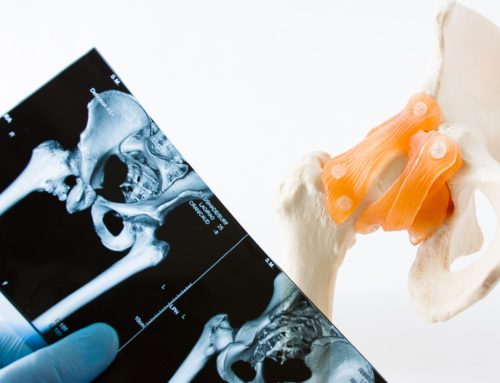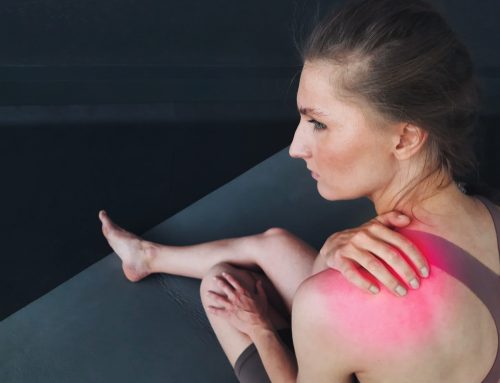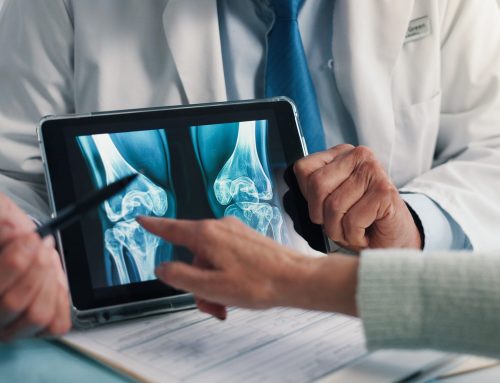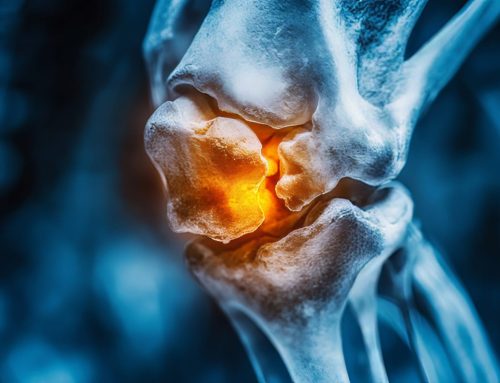A torn ACL can be a life-changing injury, especially for athletes or those with active lifestyles. This ligament, essential for knee stability, is a crucial link in your ability to run, jump, and pivot. If you’re considering surgery, it’s vital to understand the ACL rehabilitation timeline to prepare for the physical and emotional challenges ahead.
At Gateway Surgery, we specialize in helping patients move forward from ACL injury with confidence. This guide outlines the ACL recovery timeline, providing clear insights into what to expect at each stage.
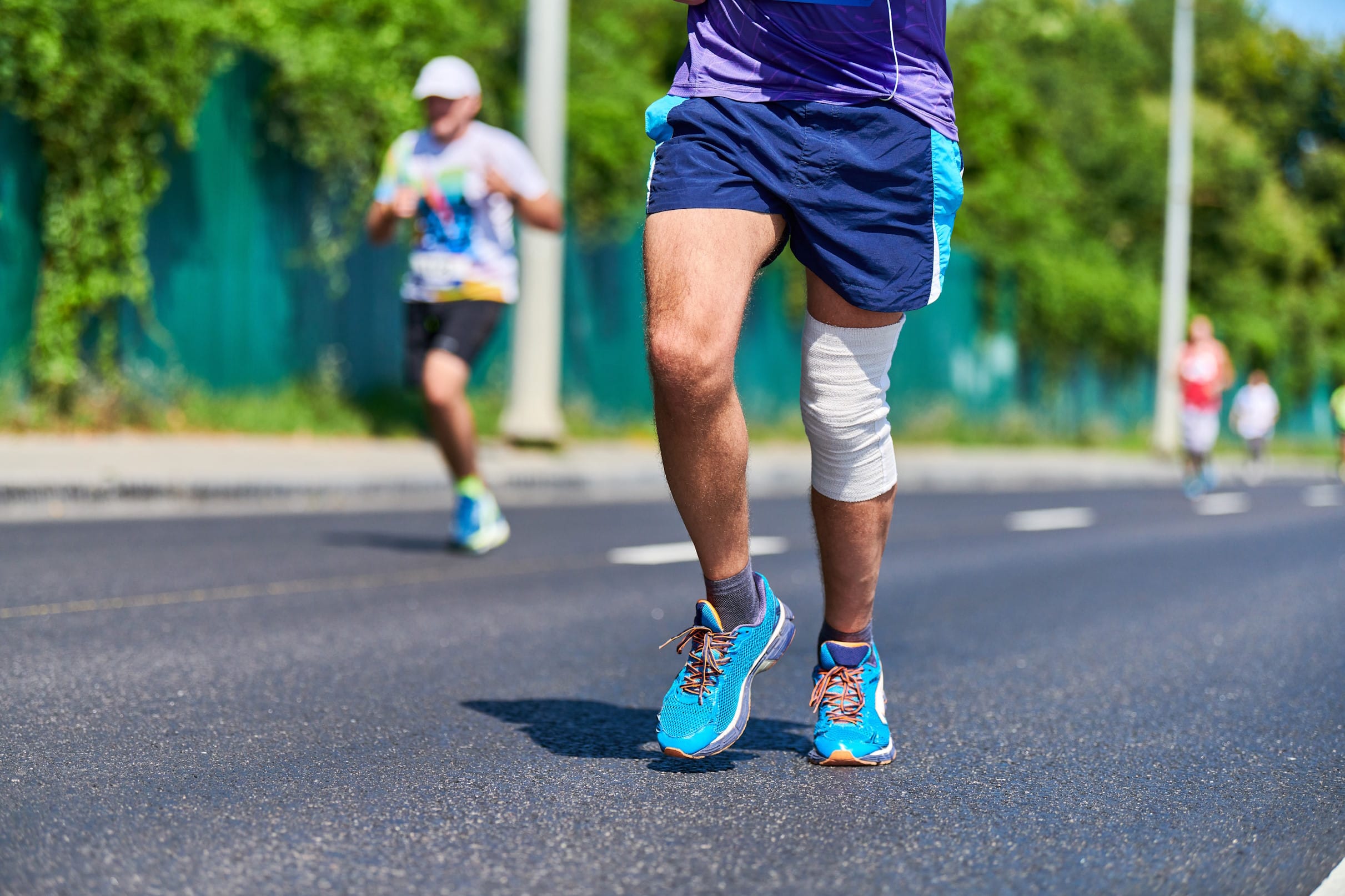
ACL Injuries Explained
What Is the ACL?
The anterior cruciate ligament (ACL) is a critical stabilizer for the knee joint, connecting the femur (thigh bone) to the tibia (shin bone). It is pivotal in stabilizing the knee during sudden movements, like changing direction or stopping abruptly. The ACL is indispensable for athletes to maintain balance, speed, and control.
Common Causes of ACL Tears
ACL injuries often occur during:
- High-impact sports (e.g., soccer, basketball)
- Sudden pivots or directional changes
- Direct blows to the knee
- Accidents or falls
Why ACL Surgery Is Often Necessary
For active individuals, ACL repair surgery can be an effective solution to help them return to their activities. While non-surgical methods may be effective for some ACL tears, surgically reconstructing the ligament offers the stability required to return to high-impact physical activities.
Curious about what makes Gateway Surgery a trusted choice for private procedures like ACL repair? Learn more about our expert care and personalized approach here.
The ACL Surgery Process
ACL repair surgery is performed arthroscopically, involving a small camera and instruments inserted through tiny incisions. This minimally invasive approach reduces scarring and promotes quicker recovery. The procedure begins with the surgeon making small incisions around the knee to access the joint. An arthroscope is then used to examine the extent of the injury and prepare the area for reconstruction.
An ACL repair involves reconstructing the torn ligament using a graft. There are two main graft options:
- Autograft (tissue taken from your own body, such as the hamstring or patellar tendon)
- Allograft (donor tissue)
If an autograft is chosen, the surgeon first harvests tissue from the patient, such as part of the quadriceps, patellar or hamstring tendon. For allografts, donor tissue is utilized, eliminating the need for harvesting. The graft is shaped and secured in place using surgical screws or other fixation devices. Precision in positioning the graft is essential to restore the natural function and stability of the knee joint.
The final stage of the surgery involves testing the graft for proper tension and range of motion, followed by closing the incisions. The procedure is carefully tailored to address the patient’s specific injury and needs, optimizing the outcome for a successful recovery. While the surgery itself is generally completed within a couple of hours, the rehabilitation process is equally critical to achieving long-term success.
ACL Rehabilitation Timeline
Recovery from ACL surgery doesn’t happen overnight, but you can regain full knee function with structured rehabilitation. Here's an in-depth look at the ACL rehabilitation timeline:
Phase 1: Immediate Post-Surgery (Weeks 0–2)
During the initial phase, the focus is on managing pain and inflammation while protecting the knee.
-
- What to Expect: Pain, stiffness, and swelling are common. Crutches and a knee brace will provide support as your body begins to heal.
- Goals: Elevate your leg, apply ice or use the ice machine provided to Gateway Surgery patients, and adhere to prescribed pain management techniques. You’ll likely begin light exercises to improve circulation and prevent stiffness.
Phase 2: Early Rehabilitation (Weeks 3–6)
This phase introduces gentle movement to restore flexibility and range of motion.
-
- What to Expect: Physiotherapists will guide you through exercises such as leg lifts, heel slides, and gentle stretches.
- Goals: Gradually increase knee mobility while strengthening supporting muscles like the quadriceps.
Phase 3: Strengthening Phase (Weeks 7–12)
Focused strength training begins in this stage.
-
- What to Expect: Tailored exercises such as squats, step-ups, and resistance band work will help rebuild muscle strength and stability.
- Goals: Restore balance and ensure the knee can comfortably bear your body weight. Avoid high-risk activities that strain the knee.
Phase 4: Advanced Rehabilitation (Months 4–8)
Here, activities designed to mimic your sport or lifestyle come into focus.
-
- What to Expect: Dynamic movements, including light jogging, lateral drills, and plyometrics, are gradually reintroduced.
- Goals: Build confidence, agility, and muscle endurance.
Phase 5: Return to Full Activity (Months 9–12)
This phase involves returning to sports or high-impact activities.
-
- What to Expect: Physiotherapists will assess your readiness based on strength tests, functional performance, and knee stability.
- Goals: Continue strength training and warm-ups before engaging in high-stress activities to achieve full mobility and avoid reinjuring the knee.
Tips for a Successful ACL Recovery
✓ Maintain Consistency
Follow your physiotherapist’s advice, attend every therapy session, and stay committed to your home exercise program.
✓ Use Proper Pain Management
Use prescribed medications or over-the-counter options as directed, and incorporate light movement as advised by your physiotherapist to reduce stiffness and improve circulation. Avoid complete immobility, as it can slow recovery, but ensure you balance activity with adequate rest.
✓ Remember Nutrition and Hydration
Aim for a nutrient-rich diet loaded with lean protein, leafy greens, and hydration to support tissue repair.
✓ Prioritize Your Mental Health
Recovery isn’t just physical, it’s mental, too. Surround yourself with a supportive network, celebrate small wins, and stay patient during setbacks.
FAQs About ACL Repair Recovery
Q: How long does recovery take after ACL surgery?
Most patients return to full activity in 9–12 months, though the timeline may differ depending on individual factors.
Q: Is physical therapy necessary after ACL repair?
Yes, physical therapy is essential for regaining strength and mobility and preventing complications during recovery.
Q: Will I be in pain after ACL surgery?
Pain is expected in the initial weeks, but proper management (medication, rest, and exercises) can significantly reduce discomfort.
Q: Can I return to playing sports after ACL repair?
Yes, but only once your surgeon and physiotherapist confirm your knee is stable enough for dynamic movements and impact.
Reclaim Your Strength & Mobility Today
Recovering from an ACL injury might feel daunting, but understanding the ACL rehabilitation timeline can greatly ease your concerns. Gateway Surgery offers the expertise and support you need to reclaim an active, fulfilling lifestyle.
Want to get back to the activities you love? Contact Gateway Surgery today for a consultation and personalized recovery plan.
What are your questions or concerns about ACL repair and recovery? If you've undergone ACL repair, what tips helped you during recovery? Share your thoughts with our readers in the comments below.
What are your questions or concerns about ACL repair and recovery? If you've undergone ACL repair, what tips helped you during recovery? Share your thoughts with our readers in the comments below.
